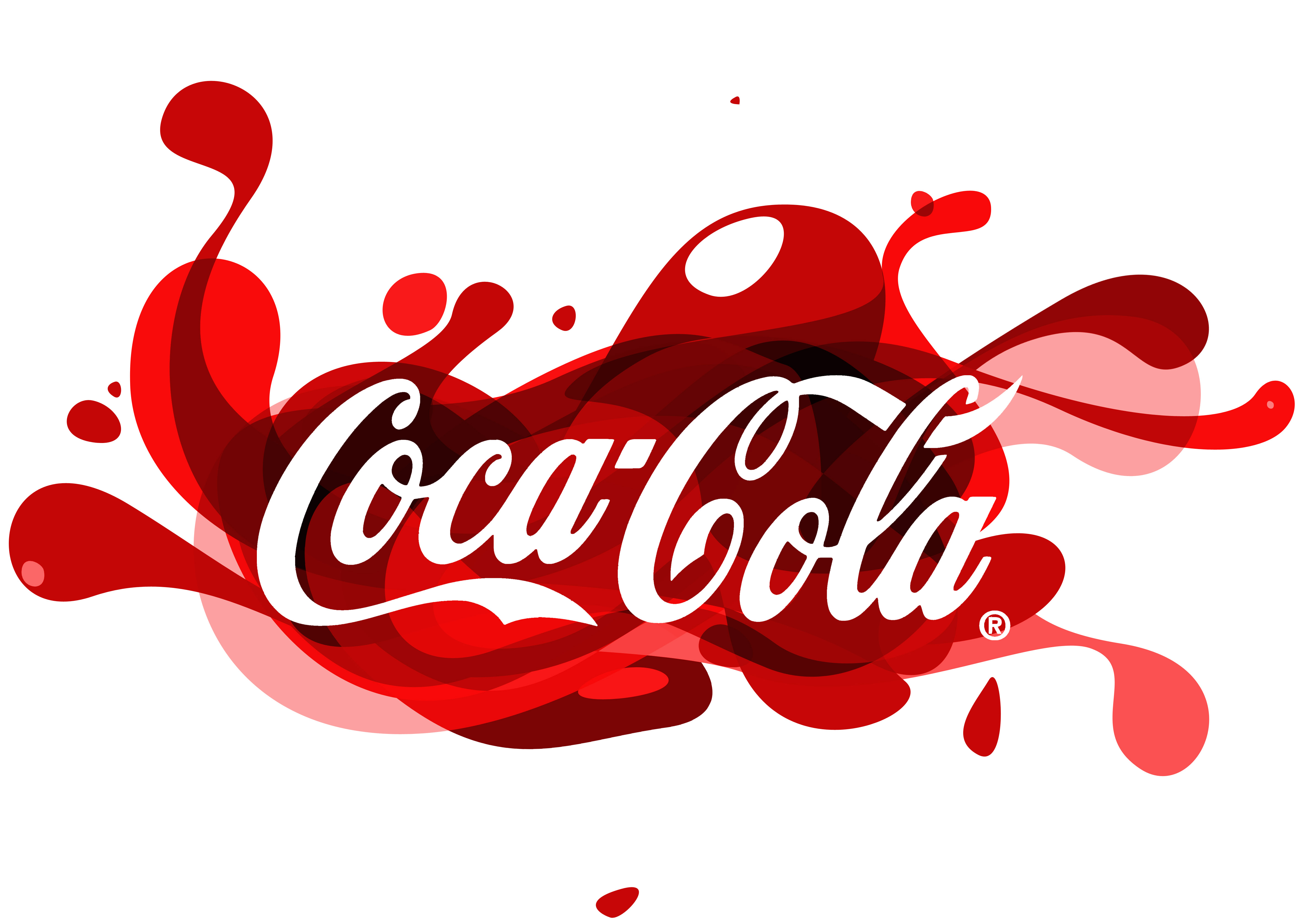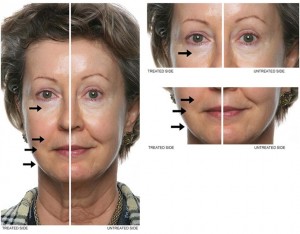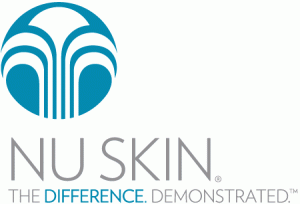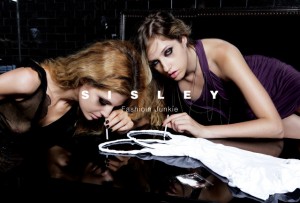Our team chose Coca-Cola Company for our group project through voting on Facebook. Every teammate has contributed a lot to our first assignment. Everyone was responsible to one part and finished it so well. And of course, we finally got a great result on this assignment. 🙂 As for the assignment, we went in a wrong direction at the beginning. Thanks to Elyssa, she pointed out after reading the textbook. We redid it together without any complaint. Although we got a score that a bit lower than the class average, it was not that bad. We read through the comments left by the professor and discussed it. Then we decided to change the segmentation part which is the basis of the assignment 3. Honestly, the third assignment was the most interesting one among these three. We came up with a lot of crazy and funny ideas during our third meeting. At the end, Tiffany’s idea of interview was adopted. We separated the filming work into two days in order to fit everyone’s schedule. We had a lot of fun and laughed a lot during the filming. After these happy moments, we came to think about editing. Tim is responsible for it and he did a really great job! To be honest, it was super embarrassing and awkward seeing myself in the video. And I found that I couldn’t help tittering in a scenario in which I was supposed to be sad.
I’m so glad that I was in such a great team. Each teammate is easy-going, hard-working and willing to listen to each other. Everyone got individual work, like research, done before the time we set for ourselves and left enough time to organize the information into paragraphs. We prepared the script, information of 4Ps. We didn’t assign anyone anything, but just to do what you could do. No one just lean back, crossed the arms, and sat there. Everyone made a great effort. We did our best. 🙂






